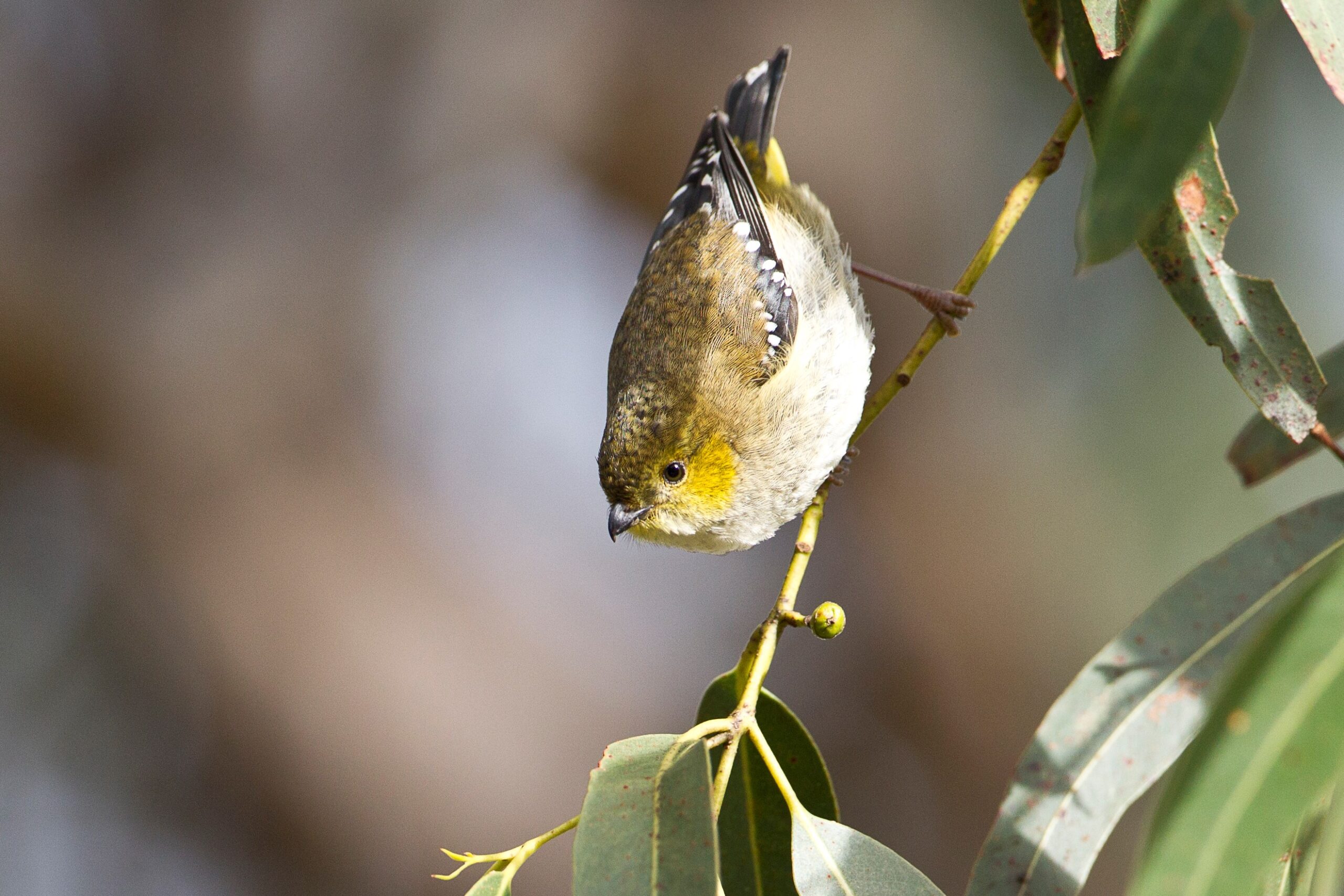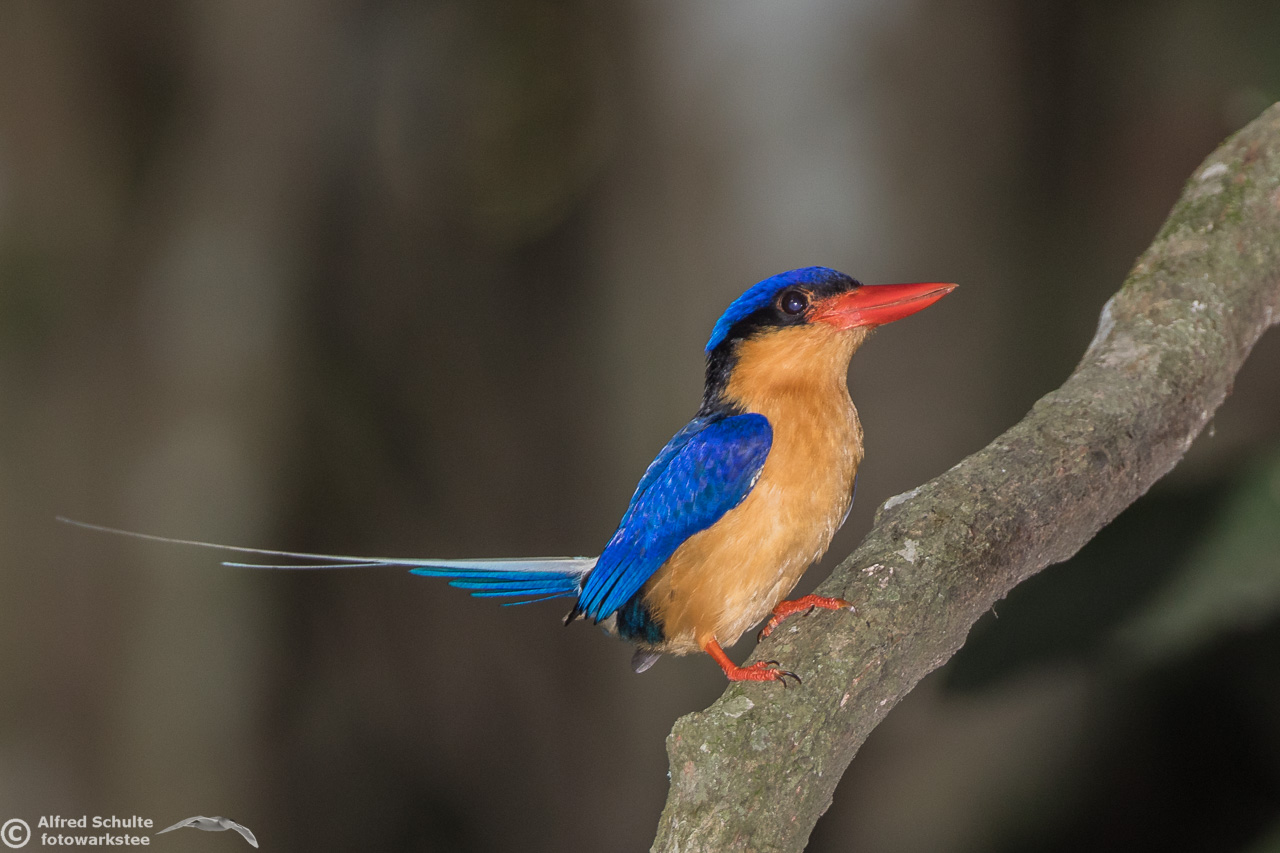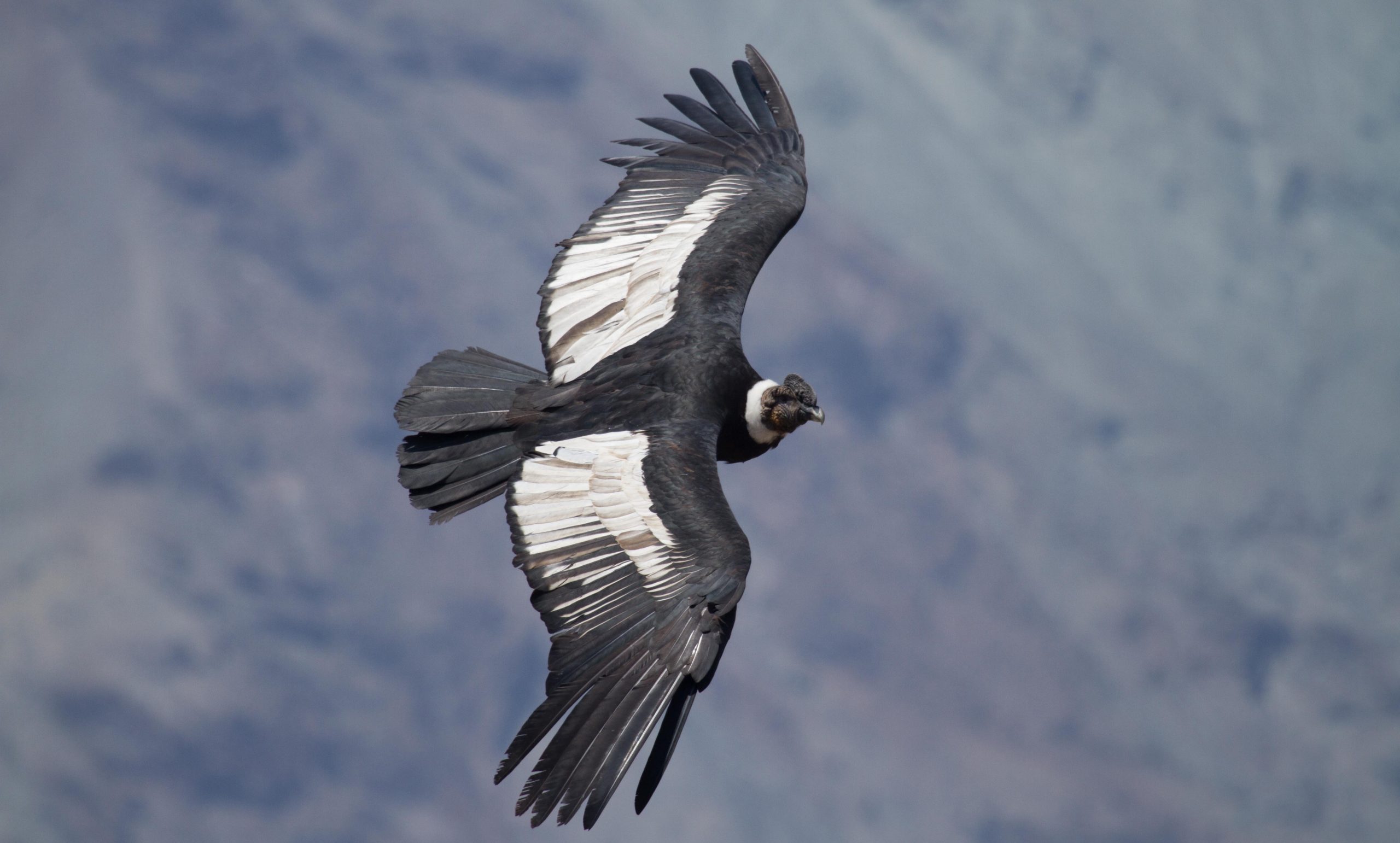With its combination of wildlife and spectacular landscape and its glimpse into this ancient continent’s prehistory, this tour is not to be missed.
Today we meet at our Hotel in Adelaide at 13.30. After meeting up and storing our luggage there will be an opportunity to meet with Ben McHenry, a geologist/paleontologist at the South Australian Museum, who will take us on a behind-the-scenes tour. Ben will also meet us again in Coober Pedy and will accompany us on tour from then providing expert interpretation on geology and paleontology. Ben is also an avid birder!
Accommodation: Hotel in Adelaide (en-suite rooms)
Meals included: D
We’ll depart Adelaide after an early breakfast. Just outside the city we’ll visit the Greenfields wetlands with good chances of Australian Spotted and Baillon’s Crake, as well as a wide variety of waterfowl including ducks, waders and Royal Spoonbill. We then follow the coast north, where we look for the rosinae race of Slender-billed Thornbill and the rosina race of White-browed Scrubwren. At Port Augusta we visit the beautiful Arid Lands Botanical Gardens, where an array of native flowers and shrubs attract such species as Chirruping Wedgebill, White-winged Fairywren and numerous honeyeaters. A nearby coastal lake usually has Banded Stilt.
Accommodation: Port Augusta (ensuite rooms).
Meals included: B L D
Today we travel north through desert grassland dotted with salt lakes and ephemeral water courses. At Woomera we turn off the highway and head towards Andamooka, a remote town known for opals and astronomy. Late afternoon we check in at our quirky but comfortable Andamooka Motel, before our visit to the Arid Recovery Reserve, a 123 km2 wildlife reserve run by an independent non-profit organisation pioneering conservation science to help threatened species thrive across the Australian outback. We will take a guided tour through some of the unique habitats of Australia’s arid zone before stopping at a viewing platform to watch the spectacular desert sunset. At dusk, we will travel through the dunes to get up close and personal with some of the Reserve’s amazing animals, including Greater Bilby, Western Barred Bandicoot, Burrowing Bettong (Boodie) and Spinifex Hopping Mouse. We will then return to our accommodation in Andamooka.
Accommodation: Andamooka (ensuite rooms).
Meals included: B L D
Andamooka-opals and birds. Today we will explore the tiny town of Andamooka and surrounds and perhaps try our hands at opal fossicking. As we travel around this region of red sand and tough saltbush, we will keep an eye out for sought after dry country birds such as Orange Chat, Crested Bellbird, and Cinnamon Quail-thrush, and busy, noisy flocks of Zebra Finch and Budgerigar. This evening, the astronomically inclined have a chance of optional stargazing in these vast clear skies.
Accommodation: Andamooka (ensuite rooms).
Meals included: B L D
We return to the Stuart Highway, which cuts through the centre of Australia, linking the south coast (Adelaide) with the north coast (Darwin). Tonight, we overnight in the opal-mining town of Coober Pedy where the summers are so hot that residents have taken to living in underground dwellings; no matter how harsh the climate, the underground rooms maintain a comfortable temperature ranging from 23ºC to 25ºC day and night throughout the year. A unique experience awaits us as we spend the night in an underground hotel, the world's first 4-star luxury property of its type, carved from opal-bearing rock and complete with mining display and opal gallery. Above ground rooms are also available for those who don’t fancy sleeping “underground” (just let us know at the time of booking).
Accommodation: Hotel in Coober Pedy (en suite rooms).
Meals included: B L D
The entire day is spent around Coober Pedy. This morning we will search for the endemic and elusive Chestnut-breasted Whiteface, as well as Thick-billed Grasswren before we make for the Breakaways Reserve 32km north of Coober Pedy. In this lovely reserve of colourful hills that have separated from the adjacent range, hence “The Breakaways”, we will stop at two lookout points that highlight the open spaces and colourful environment, leaving an impression of the long-gone inland sea that our early explorers dreamt of. As the day progresses the passing of the sun changes the desert colours, creating surreal photogenic scenes. Interestingly, we will also pass the Dingo Fence, a 2m high and 5,300km long wire barrier that stretches across three states to protect sheep farms to the south from our wild dog, the Dingo. The desert-like moonscape along the fence, with its fossilised shells, grey, soft clay dirt and cracks that appear to be bottomless, has been nicknamed the “moon plain”. Around 110 million years ago, when dinosaurs roamed the Earth, Coober Pedy and most of northern South Australia was covered by ocean. Later tectonic movements saw the seas recede to the north and the sediments previously deposited were exposed to the air and subjected to deep acidic weathering. Silica, dissolved from these sediments and deposited in cracks and cavities, solidified over time into Australia’s’ multi-coloured national gemstone – the opal. We will have the chance to try our luck at finding this precious gem on a tour of a privately-owned opal mine.
Accommodation: Coober Pedy (ensuite rooms)
Meals included: B L D
Today we’ll travel to William Creek, birdwatching at the access track to Kati Thanda-Lake Eyre with a good chance of Black-breasted Buzzard. After a stop at Kati Thanda-Lake Eyre, we will head down one of Australia’s famous outback tracks, the Oodnadatta Track. It follows an ancient trail used by Aboriginal people for ochre trading for thousands of years. Artesian mound springs supply water in this arid region. Aboriginal people relied on this water source, so too did the European explorers who used the route to build the Overland Telegraph and the Old Ghan railway lines in the late 19th century. The track takes us through true Outback country: gibber (wind-eroded stones) plains, rocky hills, and wildflowers after good rain. We will visit one of the famous mound springs along the Track where we will learn of the source of life-giving groundwater in this area – the Great Artesian Basin. This area is also home to Inland Dotterel and Gibberbird, while we also stand a chance of coming across a rare Grey Falcon…! We may even see a herd of feral Dromedary Camels. At the end of the day, we arrive in sleepy Marree where we spend the night in a beautiful historic outback hotel.
Accommodation: Marree (en-suite rooms)
Meals included: B L D
After breakfast, we’ll depart from Marree and head south calling in at the ghost town ruins of Farina, followed by a brief visit to the impressive Indigenous ochre pits near Lyndhurst. This afternoon we will visit the Ediacara Conservation Park where in 1946, geologist Reginald Sprigg discovered fossil imprints in rocks in the Flinders Ranges at the old Ediacara mining area. This discovery was the first time the fossilised remains of an entire community of soft-bodied creatures had been found in such abundance anywhere in the world. This discovery was so significant that fossils were named after him, and the Ediacaran Period was named after the location where the fossils were found. The fossils preserved in the 560-million-year-old sea-floor sediments throughout the area record the first known multicellular animal life on Earth that pre-dates the Cambrian. This diverse and exquisitely preserved community of ancient organisms represents a significant snapshot of our geological heritage. We then visit the township of Parachilna overlooking the Flinders Ranges, an impressive range of steep hills and soaring rock formations on the edge of Australia’s outback. We will then check in to our accommodation on a 29,000-acre sheep station.
Accommodation: Flinders Ranges resort (ensuite rooms).
Meals included: B, L, D.
We will spend two full days exploring Ikara-Flinders Ranges. With rugged mountain scenery, peaceful gorges and a huge array of wildlife and flora, Ikara- Flinders Ranges National Park is recognized as one of the finest landscapes in Australia. The centerpiece, Wilpena Pound, is a magnificent natural amphitheater of mountains and there will be an optional flight over this area for those interested in seeing it from the air. Nearby, spinifex-grass covered hills are home to the elusive and highly localized Short-tailed Grasswren. Wedge-tailed Eagle often soar over the grassy slopes. Rocky gorges which traverse the ranges are inhabited by the diminutive Elegant Parrot and Grey-fronted Honeyeater. From west to east, our route leads us back through time along the Brachina Geological Trail which follows the gorge cut deeply through the ancient geological layers of the Ranges by the Brachina Creek. Highlights will include an early Cambrian archaeocyathid (ancient sponge) reef, a chance to literally straddle the Precambrian/Cambrian boundary plus a further chance to see Ediacaran fossils in situ. Deeper through the gorge we will see the remains of 640-million-year-old glaciers and a visit to the Golden Spike – the place where the Ediacaran geological period was formally declared. We’ll also take time to visit a 645-million-year-old stromatolite reef (produced by the activity of ancient cyanobacteria). With luck we’ll also observe and photograph a colony of the endangered, beautiful Yellow-footed Rock-wallaby. We will drive through the magnificent Bunyeroo Gorge and stop at the site of a 600-million-year-old meteor impact and have ample opportunity to observe and photograph the landscape and its inhabitants including the three local species of Kangaroo – Red, Western Grey and Eastern Wallaroo or Euro. We will also visit the Indigenous cave paintings at Arkaroo Rock. This is a significant cultural site for the Adnyamathanha people of the Flinders Ranges and the walk takes us to a rock shelter with paintings featuring ochre and charcoal images that depict the Yura Muda (Dreaming, or creation story) of Ikara birding enroute (Redthroat, Painted Button Quail, Red-capped Robin and Southern Scrub-robin have all regularly been seen here.
Accommodation: Flinders Ranges resort (ensuite rooms).
Meals included: B L D
This morning, we leave the Flinders Ranges and begin our long drive back to Adelaide for the last night of the tour. We’ll explore the western slopes of the Remarkable Ranges, with chances of birds such as Elegant Parrot, Chestnut-rumped Heathwren and Redthroat before returning to Adelaide.
Accommodation: Hotel in Adelaide (en-suite rooms)
Meals included: B L D
No activities have been scheduled for today. Breakfast (included) this morning can be taken at your leisure after which you can spend the day exploring the city or simply go to the airport to head home.
Accommodation: none
Meals included: B
11 nights’ accommodation, specialist guide and transport, meals, entrance fees and activities as mentioned in the itinerary.
Airfares, alcoholic beverages, snacks, internet, laundry or other items of a personal nature.
Meals and drinks: Breakfast generally consists of a continental style breakfast with cereal, fruit and yoghurt and tea/coffee. Full cooked breakfast is not generally offered at most locations. Lunch will generally consist of a packed lunch style meal eaten in the field, with sandwich/filled roll, fruit, and a drink. Dinner usually consists of several options for main with the choice of either an appetiser or dessert. Drinks (soft and alcoholic) are generally not included but at lunches and breakfasts juice may be made available.
The itinerary: Whilst we aim to follow the itinerary as planned, please note that the itinerary provided should only be used as a guideline. Depending on individual trip circumstances, weather, and local information, the exact itinerary may not be strictly adhered to. The guides reserve the right to make changes to the itinerary as they see fit.
Click here for frequently asked questions about Small Group Tours
There are terms and conditions relating to payments, cancellations, refunds, insurance and responsibility for our tours.






Inala Nature
320 Cloudy Bay Road, Lunawanna
South Bruny Island 7150
Tasmania, Australia
Travel Vault policy certificate number:
EV2203UKFI0166
Phone: +61 3 6293 1217
Inala Nature acknowledge and pay respects to the palawa people as the traditional and original owners, and continuing custodians of this land, lutruwita, and acknowledges Elders - past and present. Inala Nature Tours and the Inala Foundation Inc are located on lunawanna- alonnah, also known as Bruny Island, the traditional land of the Nuenonne people.